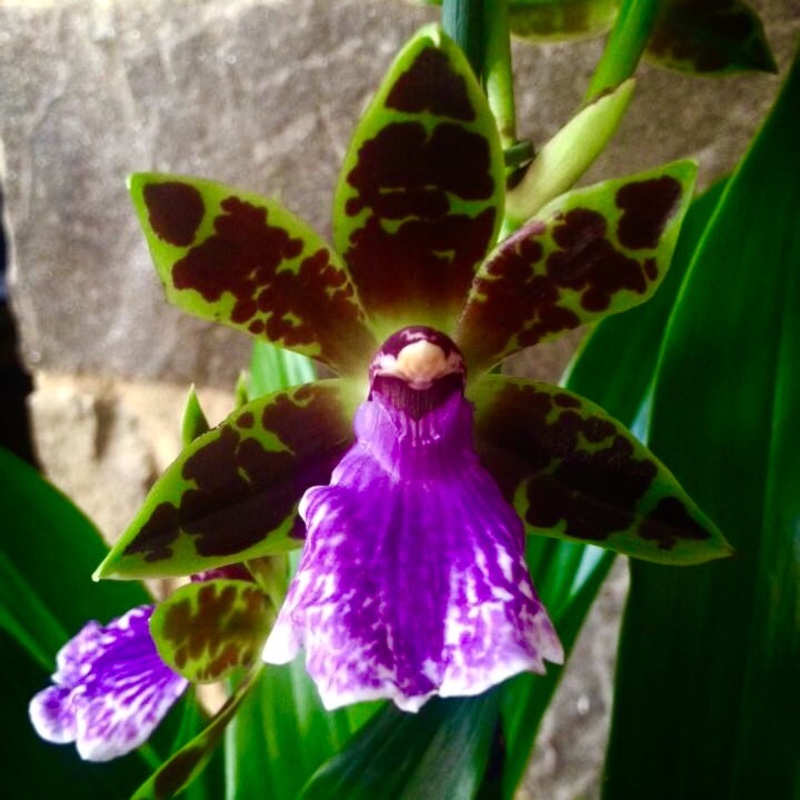
Zygopetalum
Zygopetalum Orchid
A genus of the orchid family currently consisting of 14 recognised species. It's name is derived from Greek and means "yoked petals." Naturally occurs in the humid forests of South America, most notably in Brazil. Most are epiphytes but some are terrestrials. Zygopetalums have pseudobulbs from which grow long spikes with fragrant flowers when young.
Contributed by @atomica
-
Partial shade
-
Occasional watering
-
Not Frost hardy
-
Moist and free draining
Common name
Zygopetalum Orchid
Latin name
Zygopetalum
type
Orchid
family
Orchidaceae
ph
5.0 - 8.0 Acid - Neutral
Plant & bloom calendar
-
Best time to plant
-
When the plant will bloom
full grown dimensions
 0.25 M
0.60 M
0.25 M
0.60 M
Zygopetalum
A genus of the orchid family currently consisting of 14 recognised species. It's name is derived from Greek and means "yoked petals." Naturally occurs in the humid forests of South America, most notably in Brazil. Most are epiphytes but some are terrestrials. Zygopetalums have pseudobulbs from which grow long spikes with fragrant flowers when young.
Flowering
From Early Spring TO Late Winter
They are known for their fragrant, waxy, and long-lived flowers with multiple blooms in shades of green, purple, burgundy, and raspberry with several patterns.
Planting young plants
From Early Spring TO Late Winter
Sometimes small plantlets (keiki) appear from the nodes on the flower stems. Detach the plantlets when they have developed several good roots and pot them up in orchid compost. Water them sparingly at first, but mist them daily. Always use a proprietary orchid compost. Ensure good light levels in winter, as these are essential to encourage flowering. An east- or west-facing window would be ideal. Move to a shadier spot in summer and protect from direct sunshine.
Flowering
From Early Spring TO Late Winter
Many orchids do not have a flowering season and flowers may be produced at any time if the right conditions are being met. Terrestrial orchids grown outdoors will mostly flower in the summer months. Flowers can last for several months.
Planting young plants
From Early Autumn TO Late Autumn
Sometimes small plantlets (keiki) appear from the nodes on the flower stems. Detach the plantlets when they have developed several good roots and pot them up in orchid compost. Water them sparingly at first, but mist them daily. Always use a proprietary orchid compost. Ensure good light levels in winter, as these are essential to encourage flowering. An east- or west-facing window would be ideal. Move to a shadier spot in summer and protect from direct sunshine. When planting terrestrial orchids outdoors, plant in semi-shade, no direct sun at midday. A very suitable place would also be on the north side of a building. Most orchids are woodland plants and therefore prefer cool sites, which do not become too dry and hot during summer. Places where ferns thrive are also suitable for. Don’t plant your orchids close to trees or big shrubs because their roots are effective competition for water and nutrients! Autumn is the best season for planting. Spread out the roots in the upper 10 cm (4 inches) of the soil, the rhizome 2-3 cm (1 inch) below the surface, shoot buds upwards. Fill in the remaining substrate without compressing it, and water thoroughly.






















